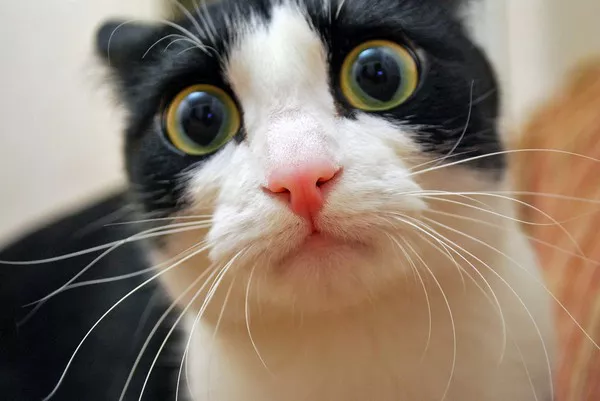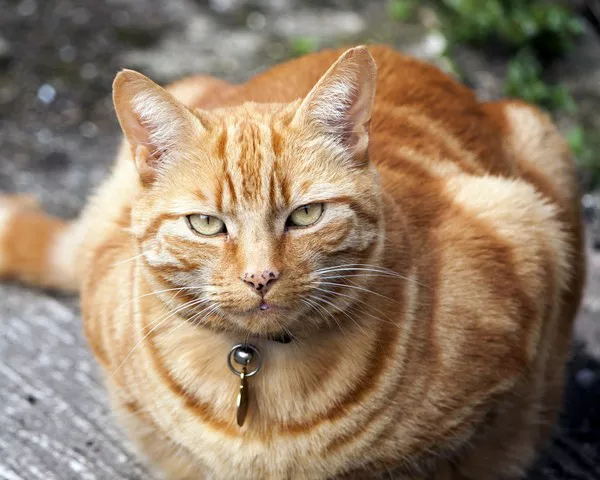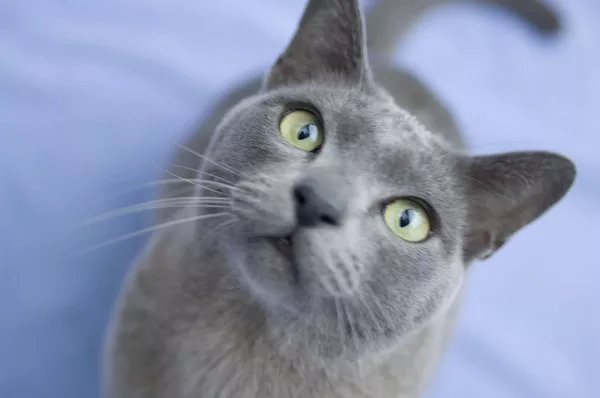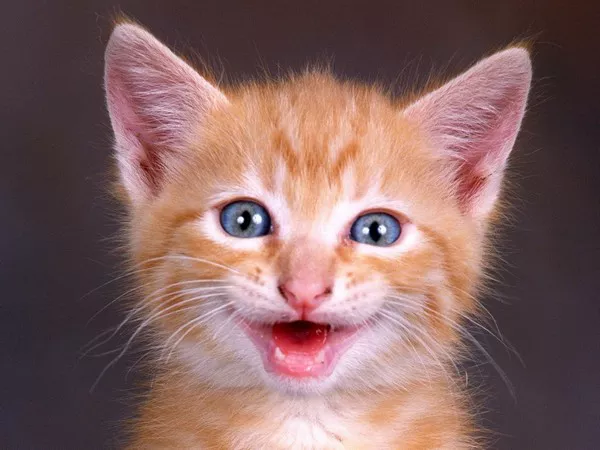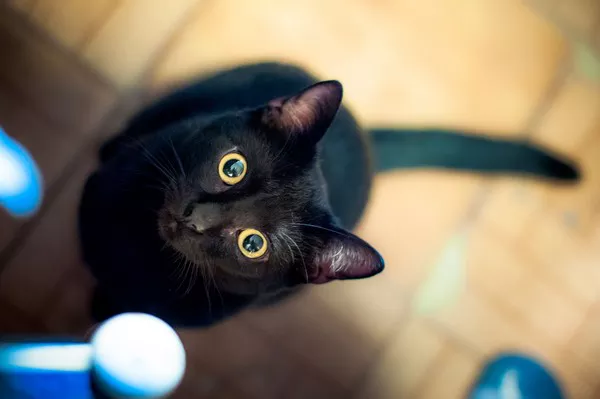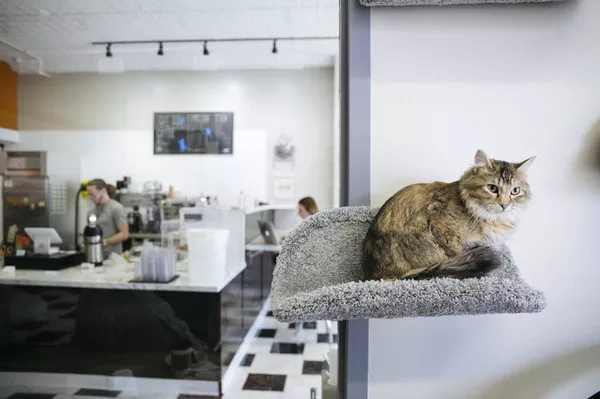Cat feeding is a crucial aspect of your feline’s overall health and well-being. As a pet owner, understanding how much food your cat needs, including the appropriate portion sizes, can help prevent obesity and ensure they get the proper nutrition. A common question that arises in cat care is whether one cup of cat food is too much. In this article, we will explore various factors that determine the ideal portion size for your cat, including their age, breed, activity level, and the type of food you feed them. We will also discuss how to monitor your cat’s weight and adjust their diet accordingly to maintain optimal health.
Understanding Cat Nutrition
Before we dive into portion sizes, it’s essential to first understand what your cat needs from their diet. Cats are obligate carnivores, meaning their bodies require nutrients found primarily in animal-based products. A well-balanced cat food should contain protein, fat, vitamins, minerals, and water, all in the right proportions to maintain good health.
Most commercially available cat food is designed to meet these nutritional needs, but the quantity and type of food can vary widely depending on factors like the brand, formula, and whether it’s wet or dry food. Wet food typically contains more moisture, which is vital for cats who may not drink enough water. On the other hand, dry food can be more calorie-dense, so portion control is even more important.
How Much Food Does a Cat Need?
The amount of food your cat requires depends on several factors:
Age: Kittens, adult cats, and senior cats have different caloric requirements. Kittens, for example, are still growing and require more calories relative to their size. Senior cats may have slower metabolisms, so they might need fewer calories.
Weight and Size: Overweight cats should be fed fewer calories, while underweight cats may need more. The size of your cat can also influence how much they need to eat, with larger breeds requiring more food than smaller ones.
Activity Level: An active cat, such as one that spends a lot of time playing or hunting, will need more food than a more sedentary cat.
Health Conditions: Cats with medical conditions such as diabetes, kidney disease, or hyperthyroidism may have specific dietary needs that require careful monitoring and adjustments in portion sizes.
The Role of 1 Cup in Cat Feeding
One of the most common measures of cat food portion sizes is the cup. Many cat food manufacturers provide guidelines based on cups, often suggesting a certain number of cups per day depending on your cat’s weight and activity level. But is 1 cup of cat food too much? To answer this question, we need to consider the following:
Caloric Content of Cat Food: Cat food varies widely in caloric content, particularly between wet and dry food. Dry cat food typically contains around 300-500 calories per cup, while wet food is usually lower in calories, averaging about 70-100 calories per 3-ounce can. Therefore, 1 cup of dry food could represent anywhere from 300-500 calories, while 1 can of wet food might offer between 70 and 100 calories.
Daily Caloric Needs: The average adult cat needs between 20-30 calories per pound of body weight per day. For example, a 10-pound cat might need approximately 200-300 calories per day, depending on their activity level. If you are feeding dry food and offering 1 cup, that could easily meet their daily caloric requirement. However, for a smaller or less active cat, 1 cup may be too much, leading to weight gain.
Factors to Consider When Deciding if 1 Cup is Too Much
The Type of Food You Are Feeding:
Dry Food: As mentioned earlier, dry food is more calorie-dense, so portion control is critical. If you’re feeding dry food, 1 cup might provide all of your cat’s calories for the day, or it might be excessive depending on their size and activity level.
Wet Food: Wet food is often lower in calories and contains more moisture, which is beneficial for cats who don’t drink enough water. If you’re feeding wet food, 1 cup might not be too much and could represent a reasonable portion, but it would typically be lower in calories than an equivalent amount of dry food.
Your Cat’s Age and Activity Level:
Kittens and active adult cats often need more calories. A 1-cup portion may be appropriate for a younger or more active cat, but it might be too much for an older, less active cat.
Senior cats tend to have lower activity levels and may need fewer calories. In these cases, you might need to reduce portion sizes to prevent obesity.
Weight Management:
If your cat is overweight, 1 cup may be too much, contributing to further weight gain. Weight management should involve reducing caloric intake and increasing physical activity, both of which are vital aspects of cat feeding. Cats that are underweight or have higher energy needs (like pregnant or nursing cats) may require more than 1 cup of food daily.
Feeding Frequency:
Cats often prefer smaller meals more frequently throughout the day. Some owners choose to feed their cats multiple smaller meals rather than one large portion. For example, you might divide the 1 cup of food into two or more meals.
Feeding Guidelines from the Manufacturer:
Always check the feeding guidelines provided by the cat food manufacturer. These guidelines are usually based on a standard weight and activity level. However, they are general recommendations, and you may need to adjust based on your individual cat’s needs.
Monitoring Your Cat’s Weight and Adjusting Their Diet
The key to determining whether 1 cup of cat food is too much is regularly monitoring your cat’s weight and body condition. A healthy cat should have a well-defined waist and ribs that are easily felt without too much fat covering them. If your cat is gaining weight, you may need to reduce their portion size, while weight loss could indicate the need for a larger portion.
Keep in mind that sudden changes in weight can indicate health issues, so always consult with your veterinarian if you notice significant weight gain or loss. Your vet can help you determine the best portion size and feeding schedule for your cat, tailored to their specific needs.
How to Ensure a Balanced Diet
In addition to portion control, it’s important to ensure your cat’s diet is nutritionally balanced. A well-balanced diet includes:
High-Quality Protein: Cats require a significant amount of animal-based protein, which is crucial for maintaining muscle mass, energy levels, and overall health.
Healthy Fats: Fats are an essential part of your cat’s diet, providing energy and supporting healthy skin and coat.
Essential Nutrients: Cats need a range of vitamins and minerals, including taurine (an amino acid), arachidonic acid (an essential fatty acid), and vitamins A, D, and E.
Feeding a variety of high-quality food, whether it’s wet, dry, or a mix of both, will help ensure your cat’s diet is complete and balanced.
Conclusion
To answer the question, “Is 1 cup of cat food too much?” the answer depends on several factors, including the type of food you’re feeding, your cat’s age, weight, activity level, and overall health. For some cats, 1 cup might be the perfect portion size, while for others, it could be excessive. Monitoring your cat’s weight and condition regularly and consulting your veterinarian will help you determine the ideal portion size to keep your cat healthy and at a proper weight.
Cat feeding is a dynamic process that requires ongoing attention and adjustment. By understanding your cat’s unique nutritional needs and making mindful decisions about portion sizes, you can provide them with a healthy and satisfying diet.
Related Topics

